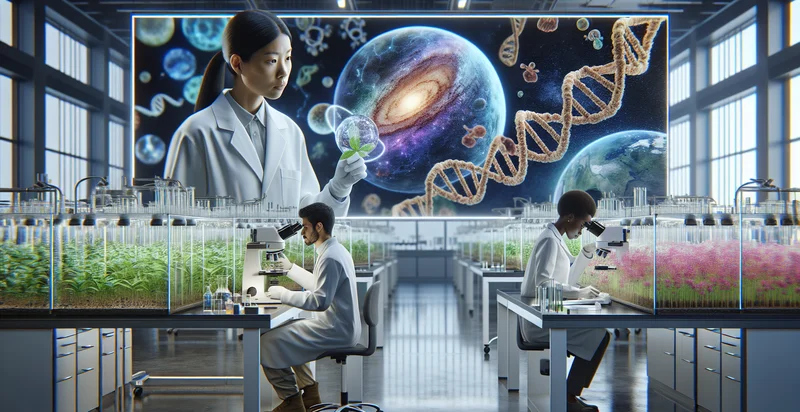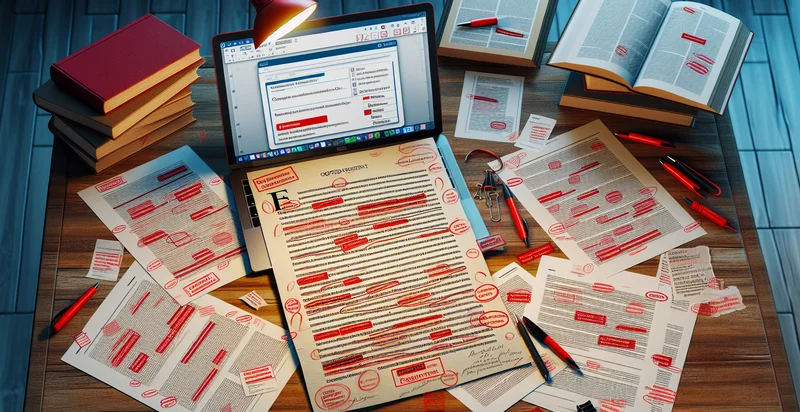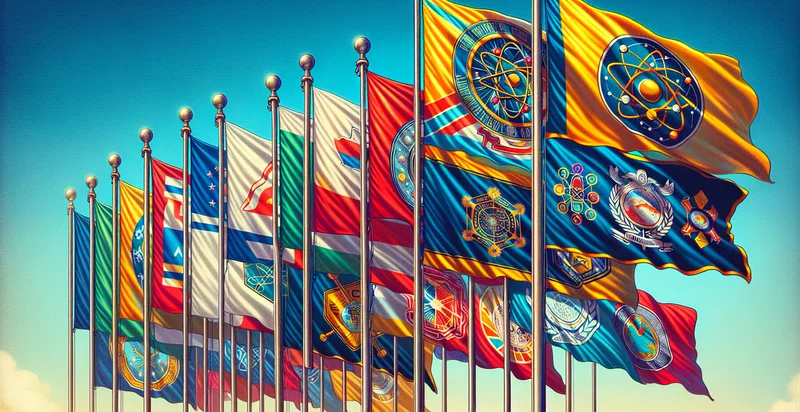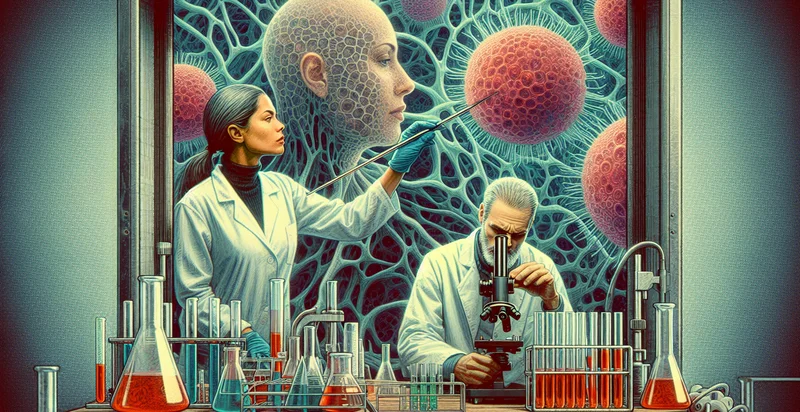Identify modern scientist by picture
using AI
Below is a free classifier to identify modern scientist by picture. Just upload your image, and our AI will predict what type of modern scientist it is - in just seconds.

Contact us for API access
Or, use Nyckel to build highly-accurate custom classifiers in just minutes. No PhD required.
Get started
import nyckel
credentials = nyckel.Credentials("YOUR_CLIENT_ID", "YOUR_CLIENT_SECRET")
nyckel.invoke("modern-scientist-by-picture", "your_image_url", credentials)
fetch('https://www.nyckel.com/v1/functions/modern-scientist-by-picture/invoke', {
method: 'POST',
headers: {
'Authorization': 'Bearer ' + 'YOUR_BEARER_TOKEN',
'Content-Type': 'application/json',
},
body: JSON.stringify(
{"data": "your_image_url"}
)
})
.then(response => response.json())
.then(data => console.log(data));
curl -X POST \
-H "Content-Type: application/json" \
-H "Authorization: Bearer YOUR_BEARER_TOKEN" \
-d '{"data": "your_image_url"}' \
https://www.nyckel.com/v1/functions/modern-scientist-by-picture/invoke
How this classifier works
To start, upload your image. Our AI tool will then predict what type of modern scientist it is.
This pretrained image model uses a Nyckel-created dataset and has 26 labels, including Bohr, Bose, Carlson, Chandrasekhar, Crick, Curie, Darwin, Einstein, Fermi and Feynman.
We'll also show a confidence score (the higher the number, the more confident the AI model is around what type of modern scientist it is).
Whether you're just curious or building modern scientist by picture detection into your application, we hope our classifier proves helpful.
Related Classifiers
Need to identify modern scientist by picture at scale?
Get API or Zapier access to this classifier for free. It's perfect for:
- Research Grant Evaluation: The false image classification function can be utilized by funding agencies to verify the authenticity of images submitted with research grant applications. By ensuring that images represent real scientific experiments and setups, agencies can prevent fraudulent claims and promote trust within the research community.
- Academic Integrity Enforcement: Universities can implement this function to monitor academic submissions, ensuring that students use genuine images in their research projects and papers. This can help uphold academic standards and discourage plagiarism or misrepresentation in the scientific literature.
- Scientific Publication Verification: Journals can integrate the false image classification system to screen submitted articles for authenticity. By ensuring that the images are valid and pertain to the presented research, journals can maintain credibility and enhance the quality of published content.
- Online Course Validation: Educational platforms can use this technology to verify the originality of images used in online courses or educational materials. This feature can help maintain the integrity of course content and prevent the dissemination of misleading or fabricated information.
- Social Media Monitoring: Social media platforms can utilize the identification function to combat misinformation related to scientific findings or developments. By flagging false images used in misleading posts or articles, platforms can promote accurate scientific communication and public engagement.
- Intellectual Property Protection: Organizations can use the false image classification feature to monitor the use of their proprietary images in research publications or presentations. This monitoring helps protect intellectual property and can aid in addressing potential copyright infringements.
- Public Awareness Campaigns: Environmental or health organizations can leverage this function to validate images used in public campaigns or educational materials. By ensuring the authenticity of visuals, they can build trust with their audience and effectively communicate the importance of scientific issues.


